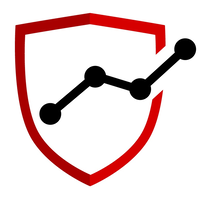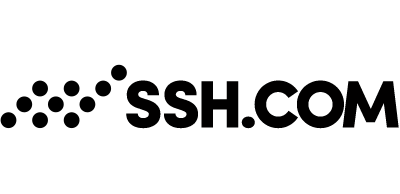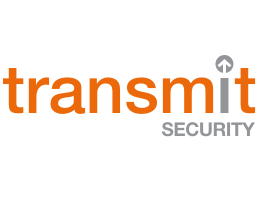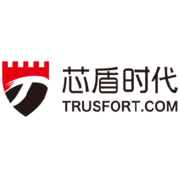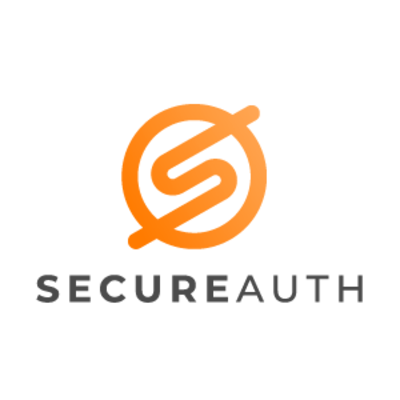
Categories
Problems that solves
Shortage of inhouse software developers
Shortage of inhouse IT resources
High costs of IT personnel
Shortage of inhouse IT engineers
Values
Reduce Costs
Ensure Security and Business Continuity
TypingDNA Multi-factor authentication
The frictionless authentication solution with typing biometrics, SMS or email
About Product
Description
Secure MFA made easy for both employees and customers
Tailor-made for your authentication needs
Our solution is highly customizable allowing you to choose the most suitable authentication factors for your company. Define the authentication flow and opt for typing biometrics, SMS OTP or email OTP.
Ease of integration
- Self-set-up and tailored made solution to your needs.
- Choose the sensitivity of the biometrics algorithms.
- Authentication flow based on your precise requirements.
- Great support from our Software Integration Engineers Team.
Our solution complements various authentication scenarios
MFA for your customers
The simple RESTful API and documentation we provide allow developers to deploy in a few days.
- Frictionless usage
- Works on web and mobile environments
- No additional hardware required
- Seamless user enrollment
- Compliant with 2FA regulations: EBA/PSD2, NIST, PCI DSS
- Works on web and mobile environments
- No additional hardware required
- Easy user enrollment and maintenance
Our API integrates with any cloud-based or on-premises platform
Developed for dynamic digital businesses
- Sales & financial management
- Customer relationship management (CRM)
- Human resource management
- Billing and collaboration
- Online learning environments
- And many more
- Biometric security
- Frictionless experience
- Scalability
- High security and fraud prevention
- No hardware costs
- Easy integration and user enrollment

